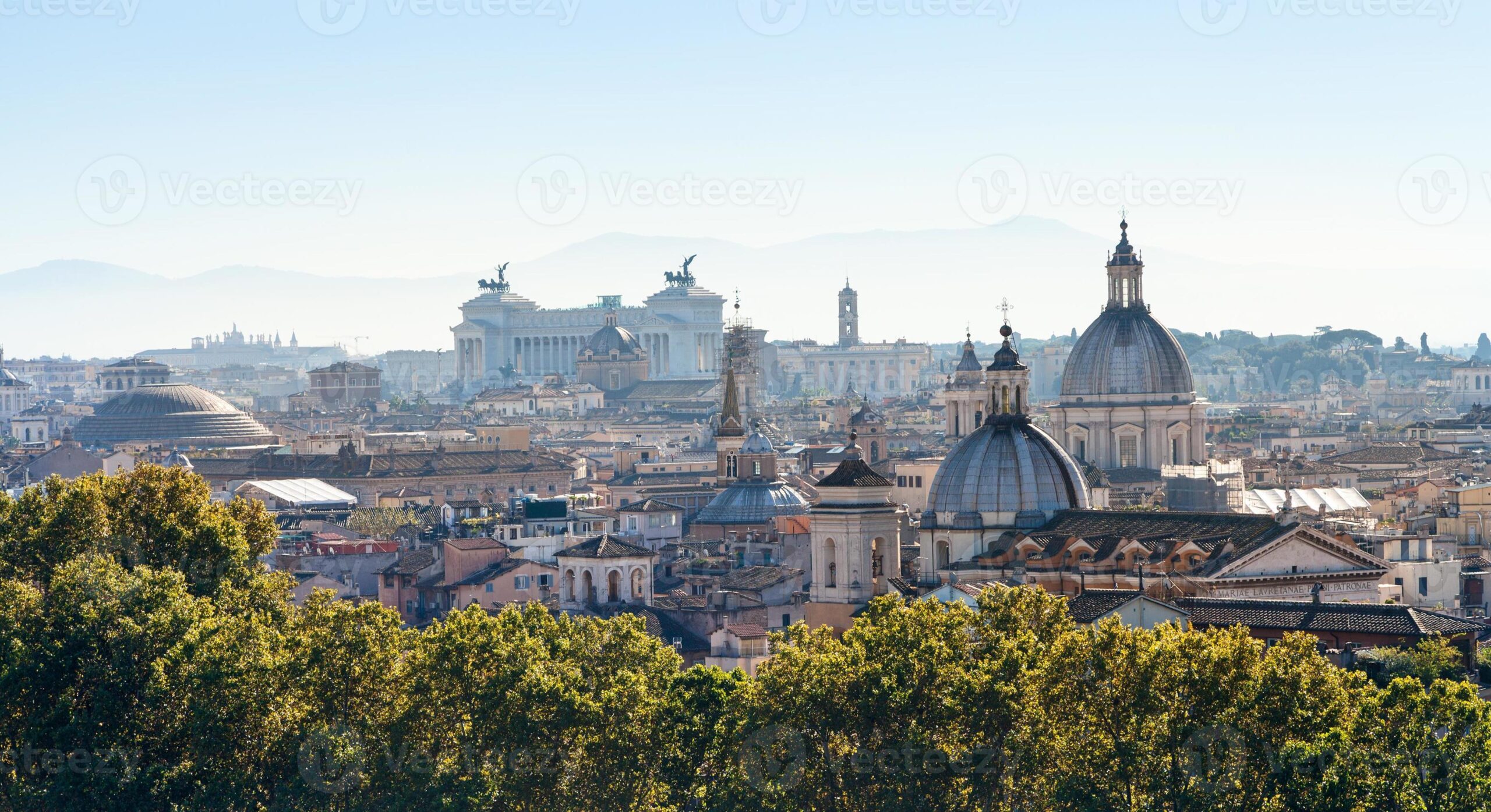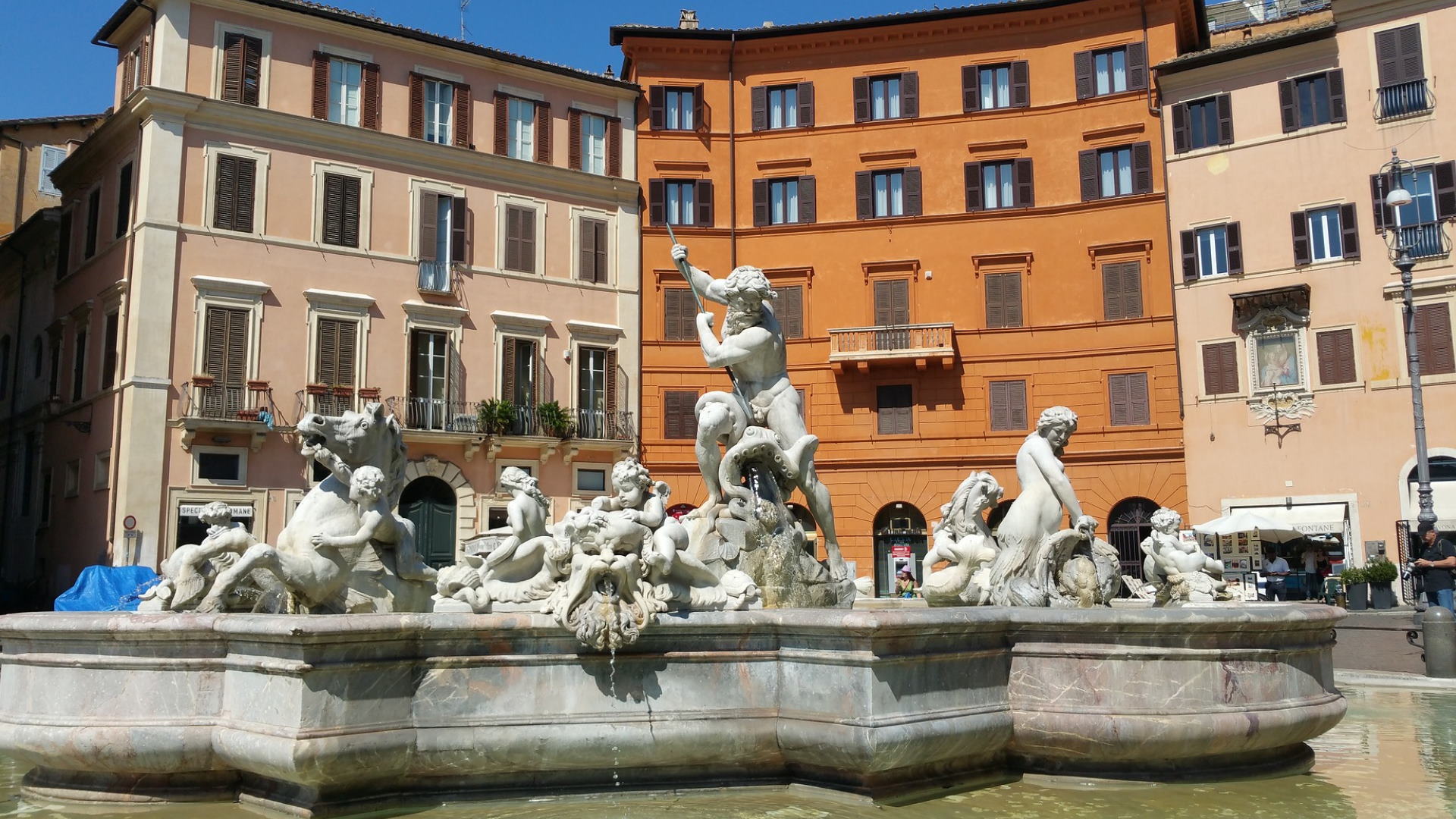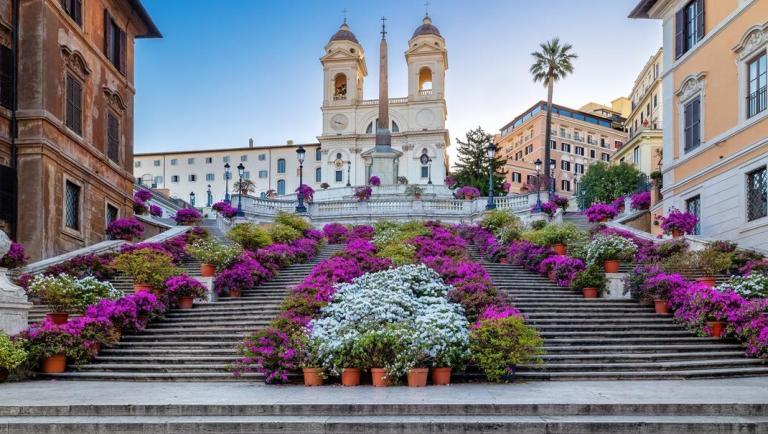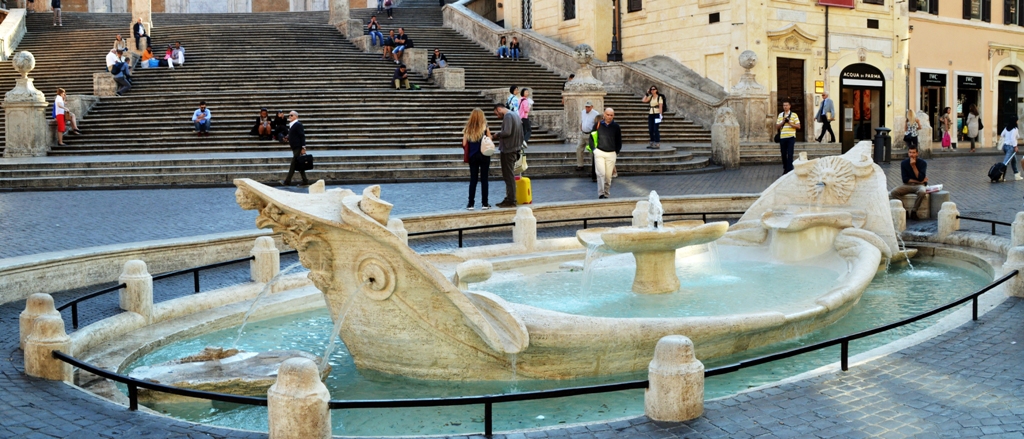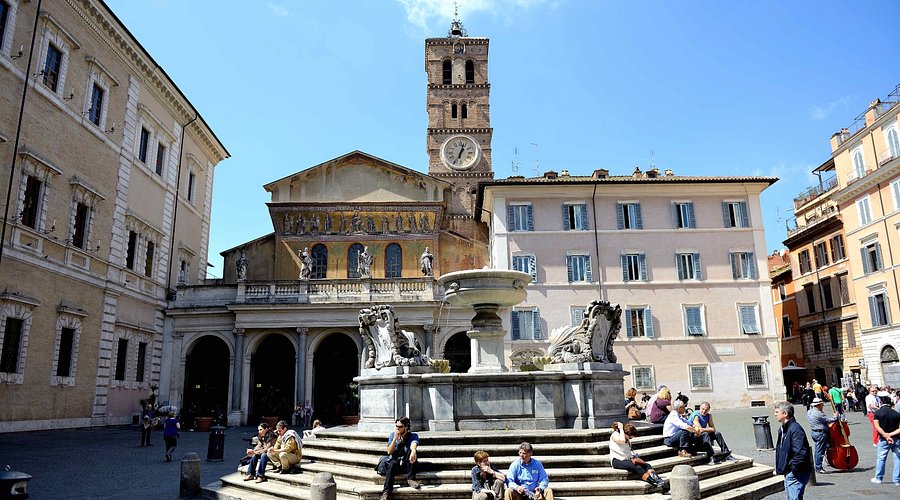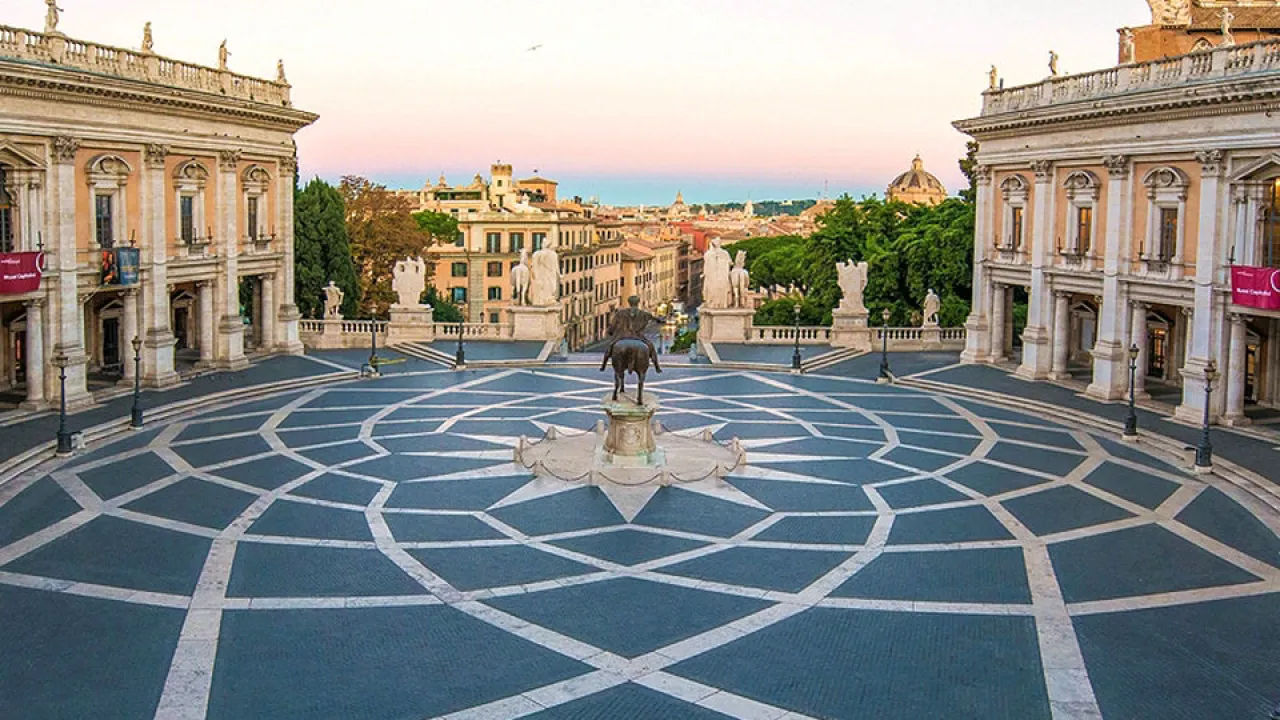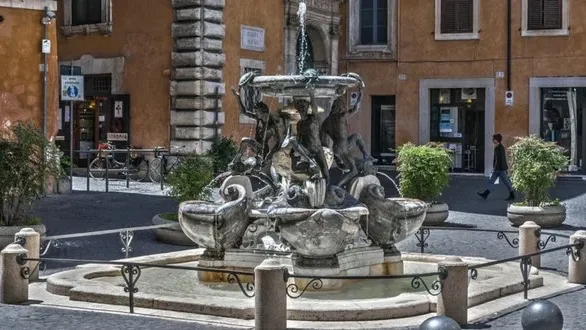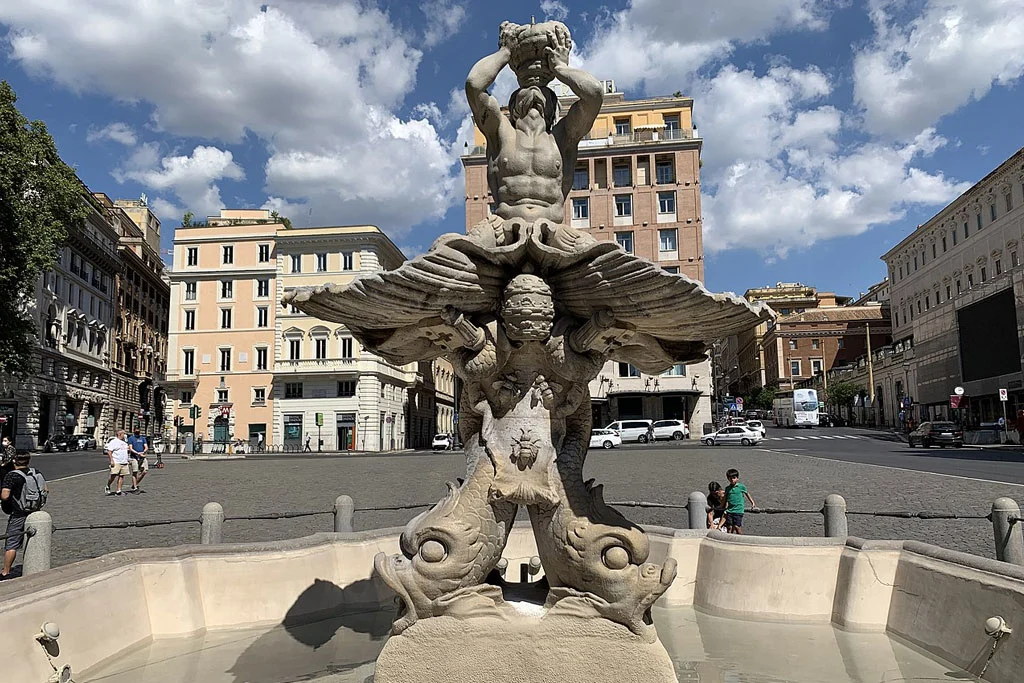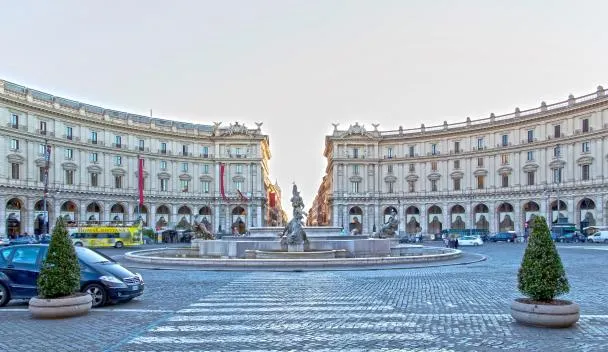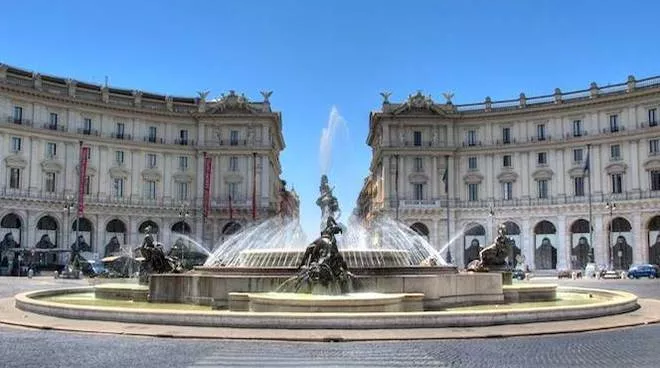The art in the Fountains and Squares of Rome are true artistic masterpieces that tell the story, culture and power of the Italian capital.
The squares of Rome are not only spaces for social gatherings, but also urban settings where art and architecture merge with the movement of water, creating unique and evocative atmospheres. Since ancient times, Rome has developed a strong bond with water, thanks to the aqueducts that guaranteed the water supply to the city.
This favored the construction of monumental fountains, which not only served as supply points for the population, but also became symbols of the power and greatness of those who commissioned them, in particular popes and noble Roman families.
The squares, on the other hand, have always represented the beating heart of the city, places of meeting, commerce and public celebrations. Over the centuries, they have been enriched with architectural and sculptural works, transforming themselves into true open-air museums.


